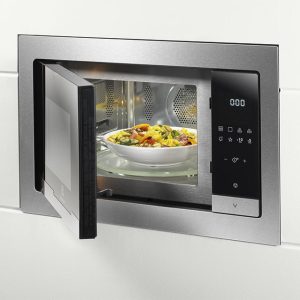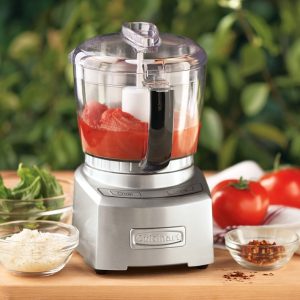
Introduction
Juicing has become a popular way to incorporate fresh fruits and vegetables into our diets, providing essential nutrients and promoting overall health. While traditional juicers offer convenience and efficiency, you can still enjoy the benefits of juicing without owning a juicer. In this comprehensive guide, we will explore alternative methods for extracting fresh juice at home. From using a blender or food processor to employing manual techniques, we will provide specific details on how to juice without a juicer, allowing you to enjoy homemade, nutrient-rich juices.

Juicing Without a Juicer: Alternative Methods for Extracting Fresh Juice
I. Blender Method
-
Choosing a High-Powered Blender:
- To successfully juice using a blender, opt for a high-powered model capable of processing fibrous fruits and vegetables. A strong blender will help break down the ingredients effectively and yield smoother juice.
-
Preparing the Ingredients:
- Wash and cut your fruits or vegetables into smaller, manageable pieces to ensure they blend easily. Remove any seeds, stems, or tough skins that may affect the texture of the juice.
-
Adding Liquid:
- To facilitate blending and promote smoother results, add a small amount of liquid to the blender. Options include water, coconut water, or a mild liquid like apple juice or almond milk.
-
Blending and Straining:
- Blend the ingredients on high speed until they form a smooth puree, pausing occasionally to scrape down the sides of the blender. Once blended, pour the mixture through a fine-mesh sieve or nut milk bag to strain out the pulp, extracting the juice.
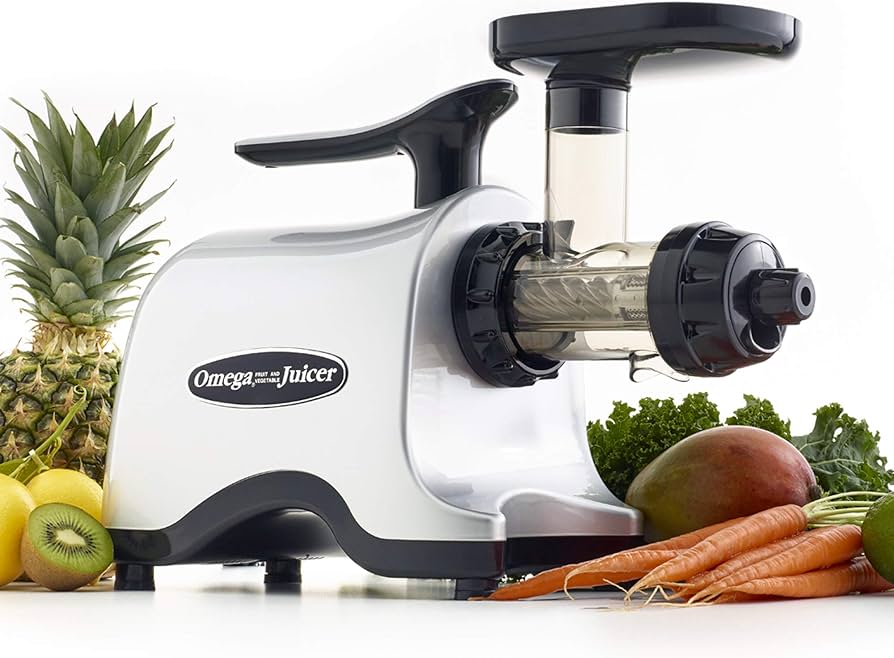
II. Food Processor Method
-
Preparing the Ingredients:
- Similar to the blender method, ensure your fruits and vegetables are thoroughly washed and cut into smaller pieces. Removing any inedible parts will promote a smoother juicing process.
-
Processing in Batches:
- Due to the smaller capacity of a food processor compared to a blender, you may need to process your ingredients in separate batches. Avoid overfilling the processor to maintain consistent results.
-
Pureeing and Straining:
- Process the ingredients in the food processor until they form a puree-like consistency. Once pureed, pour the mixture through a fine-mesh sieve or cheesecloth, pressing gently to strain out the pulp and extract the juice.
III. Manual Citrus Squeezer Method
-
Selecting Fresh Citrus Fruits:
- When opting for manual citrus squeezing, choose fresh, ripe citrus fruits such as oranges, lemons, or grapefruits. Firmly roll the fruit on a hard surface before juicing to help release the juices.
-
Cutting and Squeezing:
- Cut the citrus fruit in half and then use a manual citrus squeezer or juicer to extract the juice. Place one half of the fruit cut-side down in the squeezer and firmly squeeze to release the juice into a container.
-
Straining (Optional):
- If desired, you can strain the juice through a fine-mesh sieve to remove any seeds or pulp and achieve a smoother consistency.
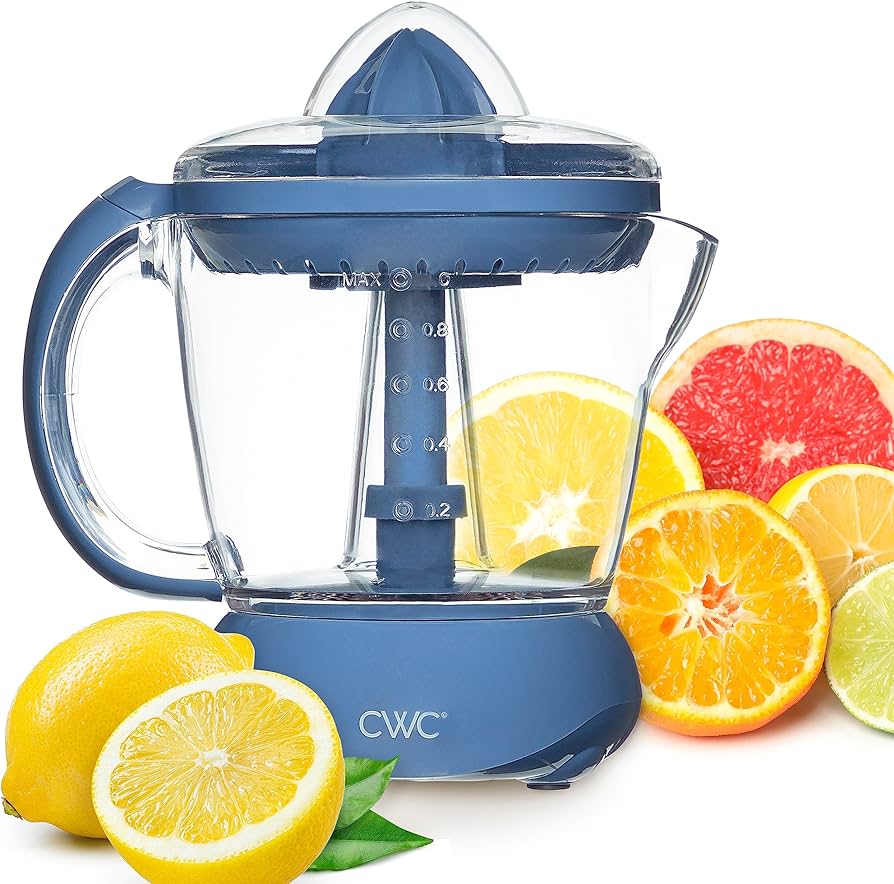
IV. Nut Milk Bag or Cheesecloth Method
-
Preparing Ingredients:
- Clean and chop your fruits or vegetables, removing any peels, seeds, or stems as needed. This ensures a smoother juicing process and easier extraction of juice.
-
Blending or Mashing:
- Place the ingredients in a blender and blend until a smooth puree is achieved. Alternatively, you can use a fork or potato masher to mash the ingredients in a bowl.
-
Extracting Juice:
- Line a bowl or large measuring cup with a nut milk bag or a layer of cheesecloth. Pour the puree into the bag or cheesecloth and twist or squeeze it tightly to extract the juice. Continue squeezing until only dry pulp remains.
V. Immersion Blender Method
-
Ingredient Preparation:
- Similar to other methods, wash and prepare your fruits and vegetables by cutting them into smaller, manageable pieces. Remove any undesirable components such as seeds or tough skins.
-
Blending and Straining:
- Place the ingredients in a deep bowl or container and blend using an immersion blender until a smooth puree is achieved. Pour the puree through a fine-mesh sieve or nut milk bag to strain out the pulp and extract the juice.
VI. Tips for Juicing Success
-
Experiment with Different Combinations:
- Don’t be afraid to mix and match fruits and vegetables to create unique flavor combinations. Experimentation will help you discover your preferred taste profiles and nutrient-rich blends.
-
Use Fresh and Ripe Produce:
- Select ripe, fresh fruits and vegetables for juicing. Quality ingredients will yield better flavor and maximize nutritional benefits.
-
Adjust Consistency and Flavor:
- Depending on your preference, you can customize the consistency and flavor of your juice. Add more liquid for a thinner consistency or adjust flavors by incorporating herbs, spices, or a squeeze of citrus.
-
Drink Immediately or Store Properly:
- Fresh juices are best consumed immediately to preserve their nutritional value and flavor. If you need to store your juice, do so in an airtight container in the refrigerator for up to 24-48 hours. Shake well before drinking.
VII. Clean-Up and Maintenance
-
Immediate Clean-Up:
- To make clean-up easier, rinse your blender, food processor, or other equipment immediately after use. This prevents food residue from drying and becoming more difficult to remove.
-
Thorough Cleaning:
- Follow the manufacturer’s instructions to properly clean your equipment. Disassemble any removable parts and wash them with warm soapy water. Dry all components thoroughly before storage.
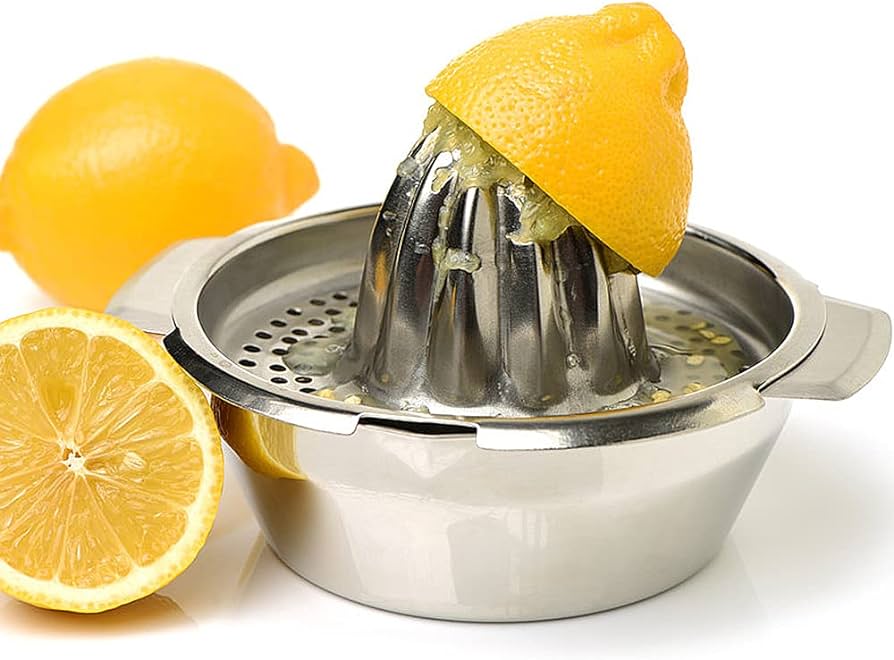
Safety Considerations
-
Properly Wash Produce:
- Thoroughly wash fruits and vegetables before juicing to remove any dirt, residue, or potential contaminants. This reduces the risk of consuming harmful bacteria or pesticides.
-
Be Mindful of Oxidation:
- Keep in mind that juice extracted using alternative methods may oxidize more quickly compared to juice made with a juicer. To minimize oxidation, consume the juice immediately after preparation or store it in an airtight container in the refrigerator for a shorter period of time.
-
Consider Pulp Content:
- Different juicing methods will yield varying amounts of pulp in the juice. If you prefer a pulp-free or low-pulp juice, strain the juice through a fine-mesh sieve or use a nut milk bag. Alternatively, embrace the added fiber and nutrients present in juices with more pulp.
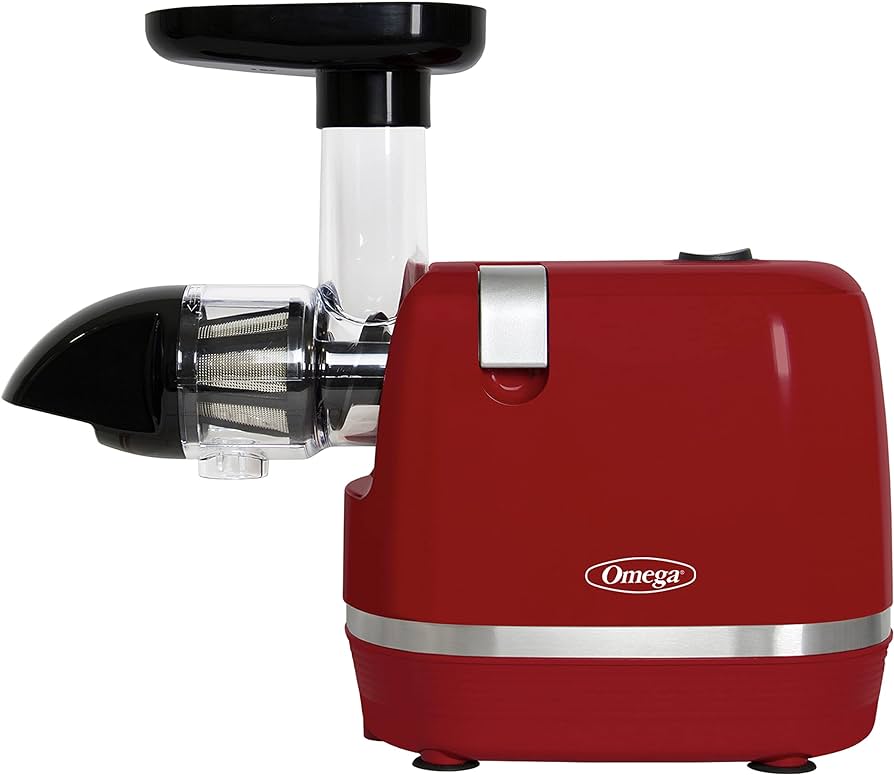
VIII. Conclusion: Juicing Without a Juicer is Possible
While having a dedicated juicer can provide convenience and efficiency, you can still enjoy homemade juices without owning one. By using alternative methods like blending, using a food processor, manual squeezing, or employing nut milk bags and cheesecloths, you can extract fresh juice from fruits and vegetables. The key is to adapt the chosen method to suit your preferences and the equipment available to you.
With careful preparation, experimentation, and an understanding of the various techniques outlined in this guide, you can enjoy the countless health benefits and refreshing taste of homemade juice. Embrace the flexibility and creativity of juicing without a juicer as you explore and incorporate fresh, nutrient-rich juices into your daily routine.
